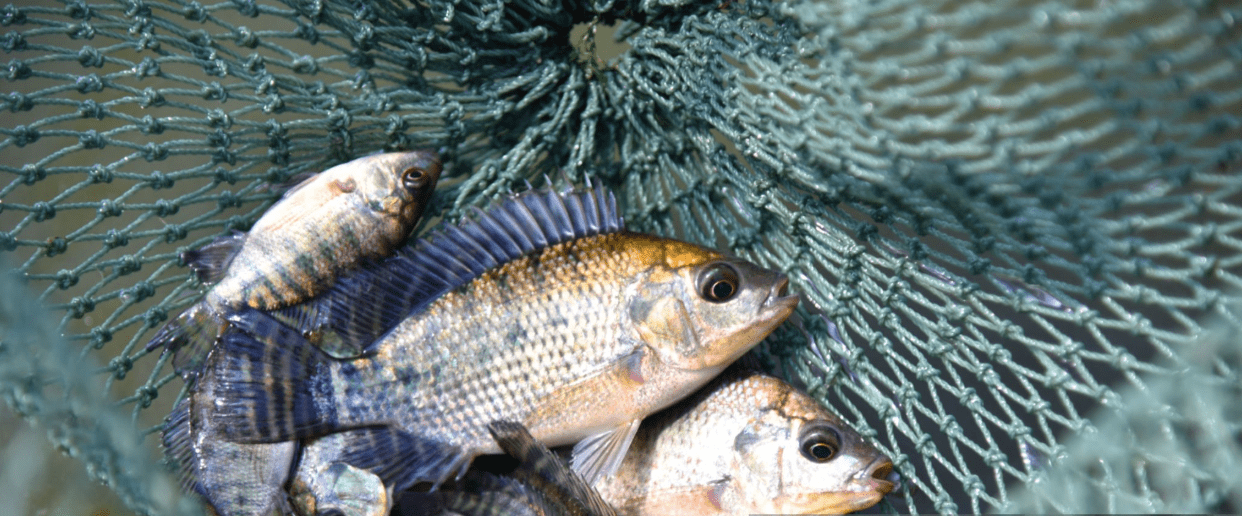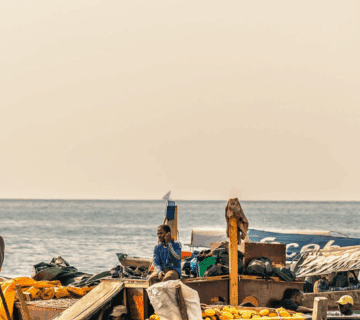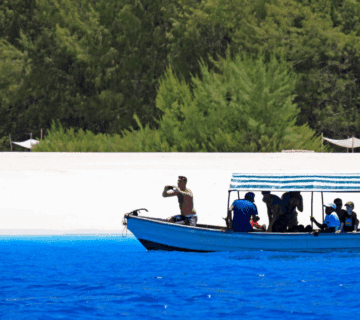How to Catch Tilapia in Tanzania’s Rivers: A Guide to Success and Patience
Fishing is more than just a means of survival—it’s an art, a science, and a test of patience. Among the most sought-after freshwater fish in Tanzania is the tilapia, a delicious and nutritious species found in the country’s rivers, lakes, and ponds. Learning how to catch tilapia requires understanding their behavior, habitat, and the best techniques to lure them. Whether you’re a seasoned angler or a beginner, this guide will inspire you to master the craft of tilapia fishing while appreciating Tanzania’s beautiful waterways.
Understanding Tilapia: The Prize of Tanzanian Waters
Tilapia is a hardy fish species that thrives in warm, slow-moving waters. In Tanzania, rivers such as the Rufiji, Pangani, and Ruvuma, along with Lake Victoria and Lake Tanganyika, are prime locations for tilapia fishing. These fish are omnivorous, feeding on algae, plankton, and small aquatic organisms, making them relatively easy to catch if you know the right methods.
What makes tilapia fishing special is not just the thrill of the catch but also the cultural significance. For many Tanzanian communities, fishing is a way of life—a tradition passed down through generations. By learning how to catch tilapia, you’re not just acquiring a skill; you’re connecting with a rich heritage.
Choosing the Right Gear for Tilapia Fishing
Before heading to the river, you need the right equipment. Here’s what you’ll need:
1. Fishing Rod and Reel
A light to medium spinning rod (6-7 feet) is ideal for tilapia fishing. Since tilapia are not extremely large (usually 1-3 kg), you don’t need heavy-duty gear. A simple reel with a smooth drag system will help you handle sudden strikes.
2. Fishing Line
A 4-10 lb monofilament or braided line works best. Tilapia have good eyesight, so a thinner, less visible line increases your chances of a successful catch.
3. Hooks and Baits
Tilapia have small mouths, so use size 6-10 hooks. The best baits include:
Earthworms – A natural favorite that tilapia find irresistible.
Bread dough – Easy to prepare and highly effective.
Corn kernels – Sweet and attractive to tilapia.
Insects (crickets, grasshoppers) – Mimics their natural diet.
4. Floats and Sinkers
Since tilapia often feed mid-water or near the surface, a small float (bobber) helps keep your bait at the right depth. A lightweight split-shot sinker ensures your bait stays in place.
5. Nets (Optional)
Some fishermen use cast nets or gill nets, especially in shallow waters. However, rod-and-reel fishing is more sustainable and allows for catch-and-release practices.
Best Techniques for Catching Tilapia
Now that you have your gear ready, let’s explore the most effective techniques for how to catch tilapia in Tanzania’s rivers.
1. Float Fishing (Bobber Fishing)
This is the simplest and most popular method. Attach a float to your line, add a small sinker, and hook your bait. Cast near vegetation or rocky areas where tilapia hide. The float will dip when a fish bites—wait a second before setting the hook to ensure a solid catch.
2. Bottom Fishing
If tilapia are feeding near the riverbed, let your bait sink with a small weight. Use a sliding sinker rig to detect subtle bites. This method works well in deeper river sections.
3. Fly Fishing (For the Adventurous Angler)
Though less common in Tanzania, fly fishing with small insect imitations can be highly effective. Tilapia sometimes rise to the surface to feed, making this a thrilling challenge.
4. Using Local Knowledge: Traditional Methods
Many Tanzanian fishermen use handmade traps or spears in shallow waters. While modern gear is efficient, observing traditional techniques can provide valuable insights into tilapia behavior.
Finding the Perfect Fishing Spot
Tilapia love:
Shallow, weedy areas – They hide among aquatic plants to avoid predators.
Rocky outcrops – Provides shelter and breeding grounds.
Slow-moving river bends – Calm waters where they feed.
Near river mouths (where rivers meet lakes) – Nutrient-rich zones with abundant food.
Early morning (6-10 AM) and late afternoon (4-7 PM) are the best times for tilapia fishing, as they are most active during these periods.
Patience and Persistence: The True Secrets of Success
Fishing is not just about technique—it’s about mindset. Here’s how to cultivate the patience needed to master how to catch tilapia:
1. Embrace the Process
Every missed bite, every lost fish is a lesson. The best fishermen are those who stay calm and learn from each experience.
2. Observe Nature
Pay attention to bird activity, water ripples, and weather changes. Nature often gives clues about where the fish are.
3. Respect the Fish and the Environment
Practice sustainable fishing—avoid overfishing, and release undersized tilapia to ensure future generations can enjoy the sport.
4. Celebrate Small Wins
Even if you catch just one tilapia, it’s a victory. Each successful catch builds confidence and skill.
Inspiration from Tanzanian Fishermen
In villages along the Rufiji River, fishing is more than a livelihood—it’s a way of life. Elders teach the young the secrets of the river, passing down wisdom that no book can fully capture. Their patience, resilience, and deep respect for nature are lessons we can all apply beyond fishing.
When you sit by the river, waiting for that first tug on your line, remember: you’re part of a timeless tradition. The river doesn’t give its treasures easily, but for those who wait with determination, the reward is sweet.
The Joy of Tilapia Fishing
Learning how to catch tilapia is a journey filled with excitement, challenges, and deep satisfaction. Whether you’re fishing for food, sport, or simply the love of nature, Tanzania’s rivers offer a perfect setting for this rewarding experience.
So grab your gear, head to the nearest river, and cast your line with confidence. The tilapia are waiting—will you rise to the challenge?
Happy fishing! 🎣



